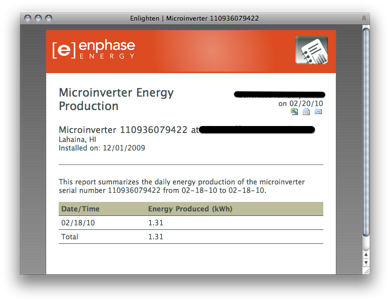Is measuring LUX in a model possible?
-
I am quite impressed seeing how lightup have improve since the first time I use it...
I guess I should try it again, but metropolis render give me very good results in Kerkythea and podium.
Adam, is it possible to extract some insulation numerical values (eg : on a desk) after the calculation ? I would like to use it in a lighting optimization script.
-
@minguinhirigue said:
Adam, is it possible to extract some insulation numerical values (eg : on a desk) after the calculation ? I would like to use it in a lighting optimization script.
Yes, in that you can call the LightUp functions from Ruby to generate "spot" results at locations you choose. (
view.spotlux(x,y)) but really we should have a proper report generating framework.What kind of information / format are you looking for?
Adam
-
Just downloaded LightUp , question about Lux.
Does the default extinction(0.5) give proper insolation values for daily sunlight output?
-
Short answer: Yes, within the limits of the insolation model used. Essentially the interaction in the atmosphere are so complex that researchers have produced numerous models that try and capture essence of the issue without going nuts. Its a surprisingly tricky subject.
Long answer: LightUp insolation calculations use the Kasten & Young variable airmass model based on a nominal 1366 Joule/sec. In reality the amount of absorption due to the atmosphere varies with the cloud cover / haze which is represented in by a "coefficient of extinction". 0.1 would be a super clear non-hazy day. 0.8 would be overcast day. 0.5 represents some middle ground representing absorption and reflection in the atmosphere as the sunlight passes through to the ground.
LightUp takes account of geo-location in determining daily insolation and the Kasten & Young model does a good job at modelling the curvature of the Earth and thus sunlight passing through a larger "slice" of atmosphere. And of course LightUp itself occludes the sunlight using your model over a 24 hour period. Together these give a good estimation of available energy on a surface - significantly better than the very broad rules of thumb you'll find in many solar energy modelling packages.
So the Extinction coefficient is something that needs tweaking to reflect the general expected weather for your location, but it is more a fine adjustment. The general picture you'll get with leaving it 0.5 should be fine.
Adam
-
Thanks for explanation, I had tried 0 and 1 and realized I didn't understand.
Out here in the middle of the ocean in the tropics 0.35 aligned with insolation charts (5.6KWh/m sq./day) for Feb., facing South/latitude tilt.
real world translation for power produced by the panel under cursor on Thurs.
Island has many microclimates and we have well over a thousand microinverters installed at about 50 locations islandwide, most of which I made quick preview models of. So I do have data to tweak.
Thanks, again


-
Cool.
At the risk of stating the obvious, the energy falling on a surface (available energy) will be much larger than what you can actually produce - as is born out by the measurements you show.
-
@wind-borne said:
Thurs. Island
There's a coincident, my brother in-law is a Torres Straight Islander.
but I live in England and was looking into how I might calculate solar power generation potential for a friends new house..
any tips for a complete 'solar' novice.
as you know I'm on a Mac, and will be trying out LightUp 1.8 imminently, so that may be a good time to investigate this as well.
john
-
@wind-borne said:
Thurs. Island
Actually those words are in different sentences


Thursday referring to the day.
I live on Maui,HI.I just downloaded Fri.
Initially, I will be looking at Lux for estimates of losses due to shading as program does face calculation if I understand the static reading. Guessing the height and width of palm trees to place in model mixed with solarpathfinder readings will be pretty hypothetical and intensely visual yet possibly useful.
yet possibly useful.PM would be better concerning your question.
-
@wind-borne said:
Initially, I will be looking at Lux for estimates of losses due to shading as program does face calculation if I understand the static reading.
LightUp Insolation rendering gives 3 readings:
- A spot Kwh/m^2/day for the exact position from which you're taking the reading.
- (Static) A Face reading of Kwh/day (ie scaled by the area of the face). This is useful if you model panels with a single face.
- (Tracked) A Face reading of Kwh/day assuming the face tracks the sun (and is therefore more efficient).
Adam
Advertisement







